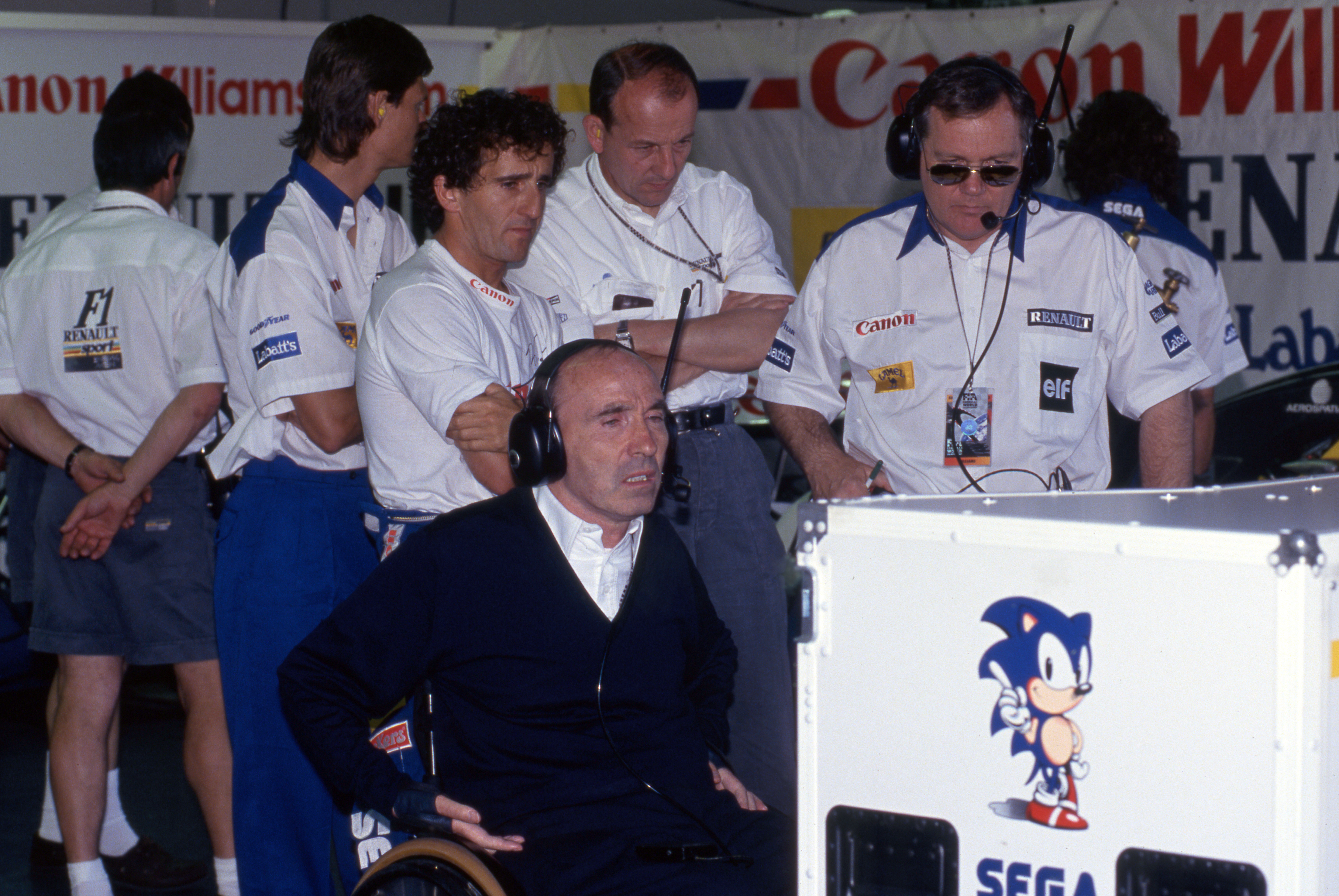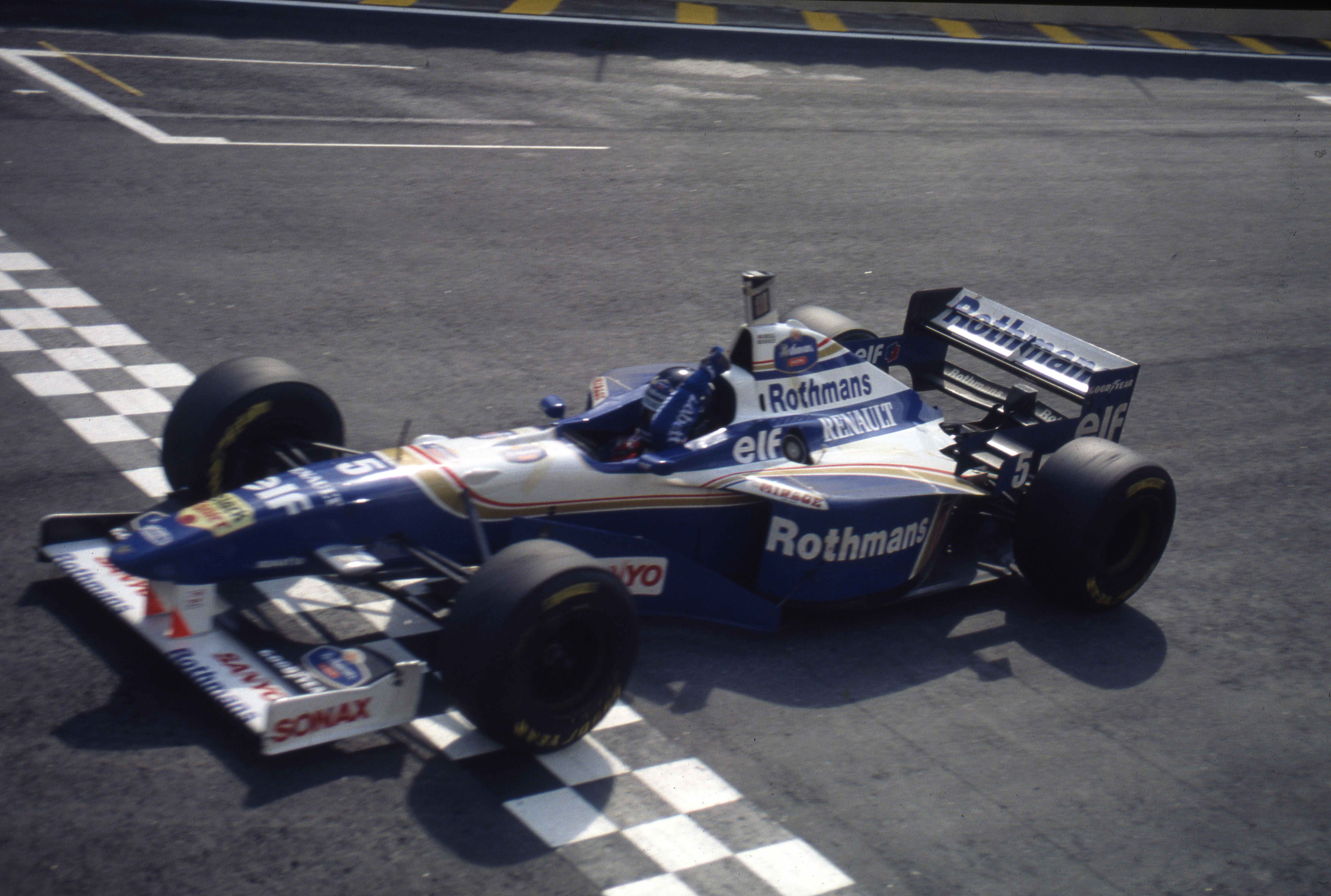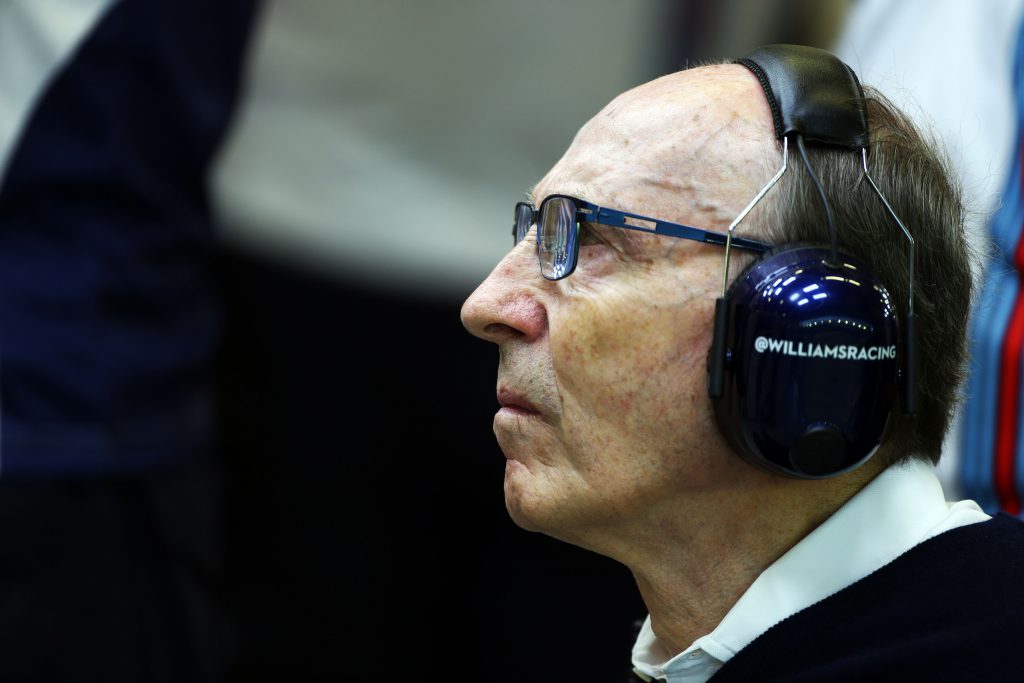Up Next

The Race columnist Jim Wright was employed by Williams Grand Prix Engineering (Williams F1 Team) between 1994 and 2006, holding senior commercial and marketing positions and serving on the Management Board from 2002 until his departure.
Thursday’s announcement by Claire Williams that she and the Williams family would be stepping away from the family business after this weekend’s Italian Grand Prix was the inevitable consequence of putting the once great British team up for sale in May.
And while it brings an end to the Williams family ownership of Williams Grand Prix Engineering Limited or Williams F1, the Williams name will continue to grace the Formula 1 stage thanks to last month’s acquisition of the business by Dorilton Capital. The brand lives on and we should all rejoice in that.
In April, I wrote of my fear that in a COVID-riddled world there may not be anybody willing to step forward to take on the team, so I’m personally delighted that that fear was unfounded and that a saviour has been announced. Let’s hope that the new owners realise the scale of the task involved, that they have the patience to support what will be a lengthy turnaround and that they fully understand the great brand that they have acquired and all of the magnificent heritage and history that comes with the Williams F1 name. However, there is one significant problem that I can see with the acquisition of the Williams F1 brand, which is fundamental and not easily addressed.
A “brand” is best defined, in my opinion, as a “promise to the consumer that certain standards and qualities will be fulfilled”. Originally of course, long before fast-moving-consumer-goods were a phenomenon, a brand was an “identifying mark burned on livestock”. Whichever you prefer, Frank Williams and Patrick Head were the promise of high preparation, management and engineering standards and it was the “FW” and “PH” initials that were burned deep into the skin of Williams Grand Prix Engineering Limited and, I may add, every single employee of the company.

When I joined WGPE as employee number 220 in October 1994, I was joining Frank & Patrick’s team and I knew that I had to perform from day one, that I was expected to deliver commercial revenues from the start and that there was a huge expectation on me to contribute substantially to the company to allow the team to continue to beat the strongest competition from McLaren, Ferrari et al.
While that inevitably weighed heavily, it was what I wanted and the first time that I put on a Williams team shirt, in Imola in April 1995, I felt as though I was pulling on an England football jersey – the logos of Rothmans, Elf and Segafredo were my three lions.
Williams employees would walk through brick walls for Frank and Patrick or to put it in more of a racing sense, if Patrick wanted a new floor made to test in a number of days that was less than it took to make it, the collective spirit of “Team Willy” would ensure that the floor got made in time for the test.
I have seen with my own eyes, the effect of Frank wheeling around the fabrication department asking for a “shoulder to the wheel” effort to ensure that modifications to an exhaust system were ready for a race weekend.
If Frank asked, then it was important and therefore it got done, somehow, someway, all-nighters, materials somehow acquired – no questions were asked. Just a deep-rooted understanding that this was a way in which a Williams staffer would play his part in the Williams success story. In short, Frank and Patrick were revered by their workforce and the results came directly as a consequence of those efforts.

My point is, how do the new owners of Williams set about replicating or replacing the Frank and Patrick effect? As characters and human beings, Frank and Patrick could and should not be replaced, they are the proud history of the Williams F1 brand, but the void that they have left is not easily replaced, as Claire and Mike O’Driscoll will now testify. So how to you replicate the presence, character and traits of these two great men in a new 2020s dynamic and post-Bernie F1 landscape to re-establish the very essence of the Williams company and the Williams F1 brand?
How do you re-energise a workforce that has come to accept defeat and where a single championship point would now be considered a success? How do the new owners set about achieving an entirely different mindset and winning culture?
The answer to those questions will define whether the new owners have purchased an asset that will create value from their acquisition or whether the new owners will have a liability on their hands. I fervently hope that the new Williams will find a way to succeed and that the values of the successful Williams organisation and brand from times gone by can again shine through. In recent times, the lights have dimmed and flickered in Grove and only great energy, belief and respect will return Williams to halogen lamp status.
Every Formula 1 fan wishes the new Williams owners well and a return to the higher echelons of the grid. And there will be a certain family residing in Oxfordshire, now enjoying a well-earned retirement, that will wish that more than anything.




